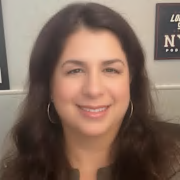A Multistep Off-season Plan to Fix Giants' Roster

What might the off-season look like for the Giants? We'll find out soon enough, but here is my proposed five-step plan to help get the team back on the right track.
1. Clear Salary Cap Space
I went into detail on how I would clear just over $40 million in salary-cap space ($40 million is the amount that general manager Joe Schoen told Peter King the team was looking to clear) in this article.
But something I didn’t do was discuss getting a potential return on investment. In other words, I initially proposed straight-up cap cuts or restructured deals to clear space but didn’t talk about possible trades for additional assets, which is what I’m going to do now.
As I see it, the Giants have two potential players whom I think can draw additional assets in a trade. The first is cornerback James Bradberry ($21.863 million cap hit). If Bradberry is traded, that will save the Giants $12.136 million on their 2022 cap, a nice little chunk of change.
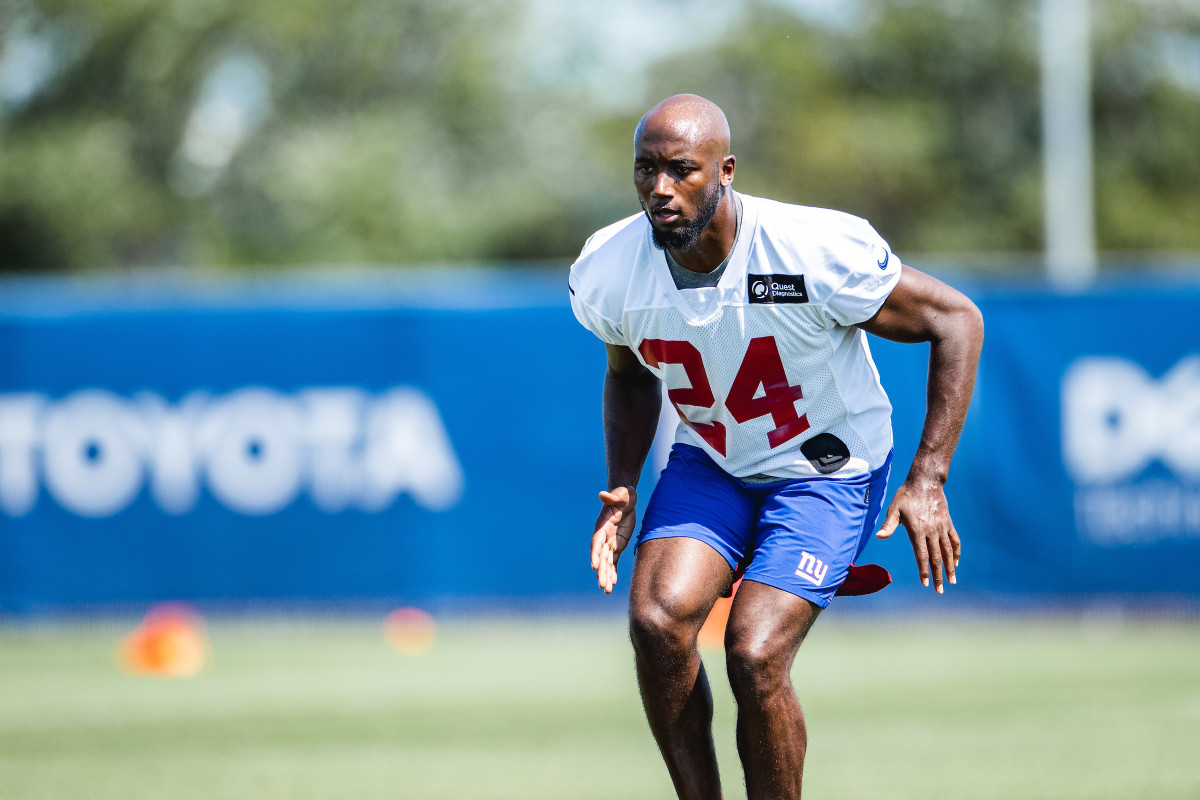
He’d also drop $9,727,778 in dead money into the Giants’ cap, but if the Giants could move him to a team such as Kansas City, for example, in exchange for at least a third-round pick (No. 94 overall), would anyone have a problem with the Giants adding a sixth top-100 pick to their 2022 draft stash?
While it’s possible no team will want to trade for Bradberry and would instead look to wait things out since it seems fairly certain Bradberry could end up being a cap cut, there could be a team that feels it’s a solid cornerback away from making a run. No team seems to fit that description better than the Chiefs, who this year will be facing a lot of top-flight receivers whom Bradberry is more than capable of defending.
The second player is running back Saquon Barkley. Barkley is in the option year of his contract, a year that pays a somewhat reasonable $7.1 million for teams with salary-cap space (of which the Giants are not one).
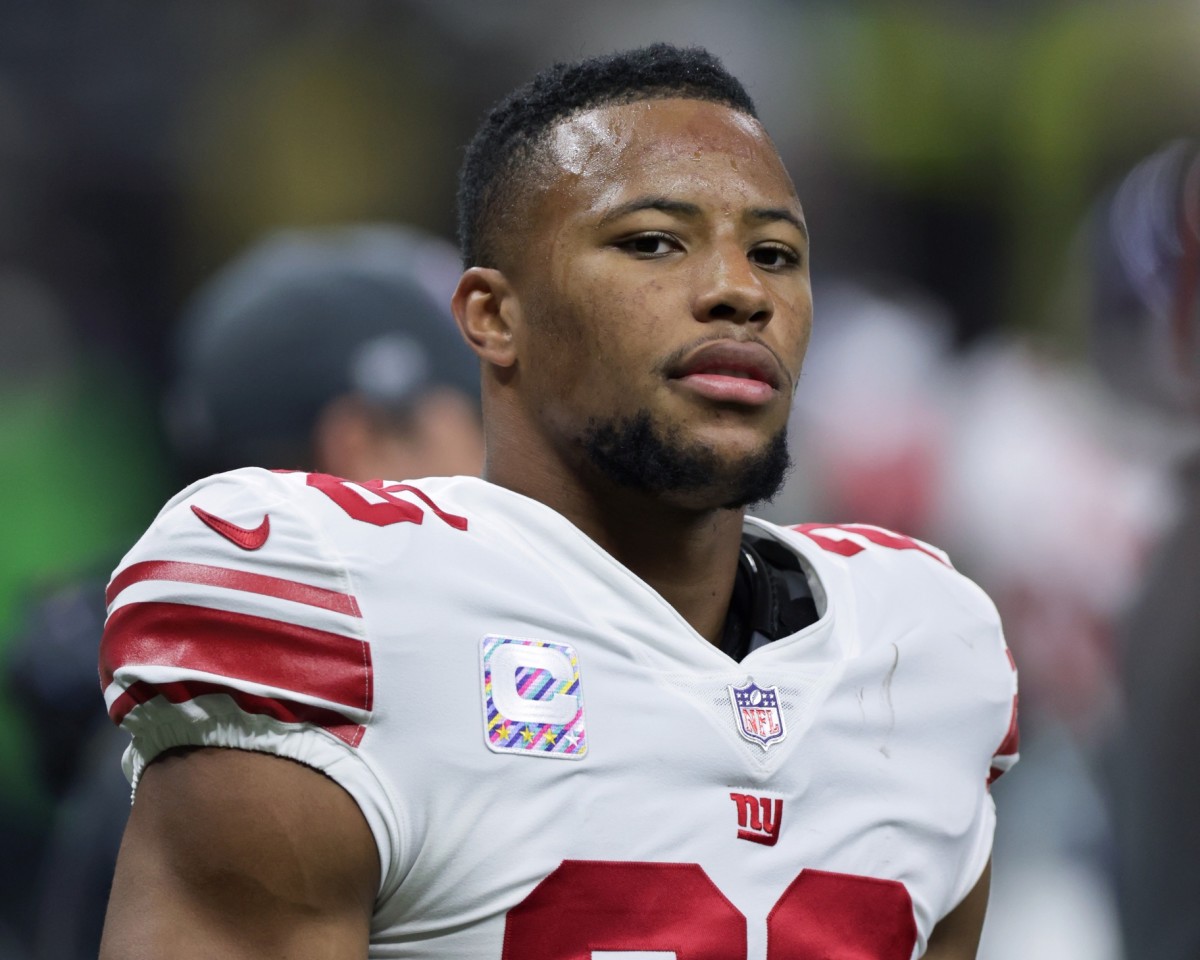
But for the Giants, Barkley is a luxury that they probably can’t afford to carry for the long term. And although he is coming off a pedestrian type of season, much of that is likely due to his first year back from ACL surgery (the sprained ankle didn’t help either).
Barkley won’t necessarily fetch a first-round draft pick, and he might not even draw a second-rounder in a trade. But again, if the Giants, who have shown that their running game can be just as effective without him, can flip him to a team looking to beef up its offense, asking for a third-rounder this year and a conditional fifth-rounder in 2023 might not be all that much to ask in the grand scheme of things.
Trades cannot become official until March 16, the start of the new league year, but with NFL general managers about to descend in Indianapolis next week for the combine, there’s sure to be some in-person chatter that could lead to some deals.
2. Don't re-sign most of the UFAs
The Giants’ unrestricted free agent list consists of 22 names—C Billy Price, CB Keion Crossen, DB Nate Ebner, EDGE Lorenzo Carter, FB Eli Penny, G Will Hernandez, IDL Austin Johnson, IDL Danny Shelton, LB Benardrick McKinney, LB Jaylon Smith, LB Reggie Ragland, LG Matt Skura, LS Casey Kreiter, LT Korey Cunningham, LT Nate Solder, QB Mike Glennon, S Jabrill Peppers, TE Evan Engram, TE Levine Toilolo, WR C.J. Board, WR Dante Pettis, and WR John Ross.
Of that nearly two-dozen list, arguments could be made for retaining Price as a backup, Johnson, Kreiter, Carter, Penny, and even Engram. But none of those guys should be given contracts that end up breaking the bank if they are indeed retained.
That’s a big “if.” This draft class is apparently loaded in pass-rushing talent to where if the Giants want to make a clean break from Carter, a player who has flashed but hasn’t been able to put it all together just yet in part due to injuries, they could probably do so.
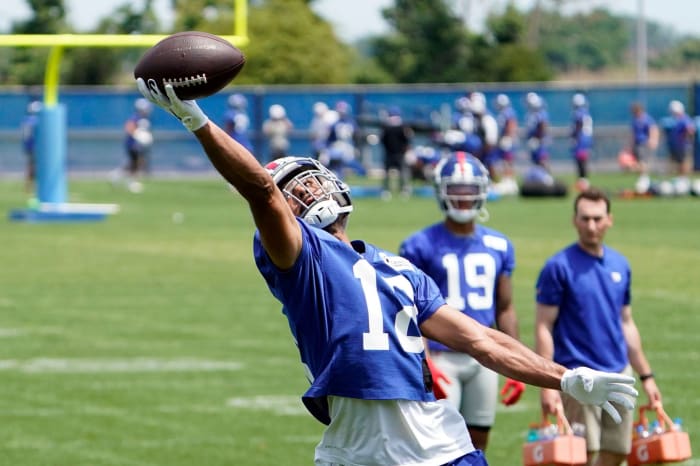
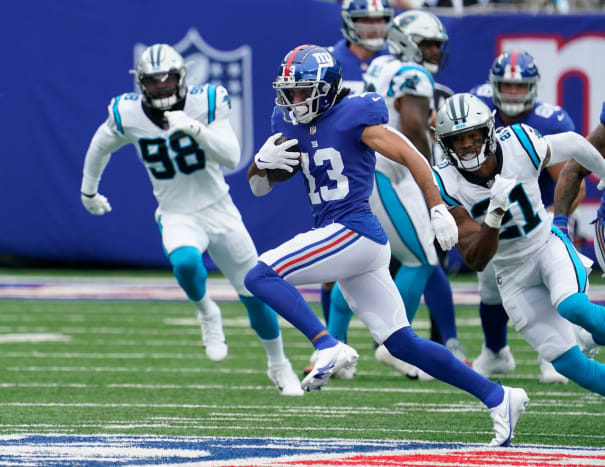
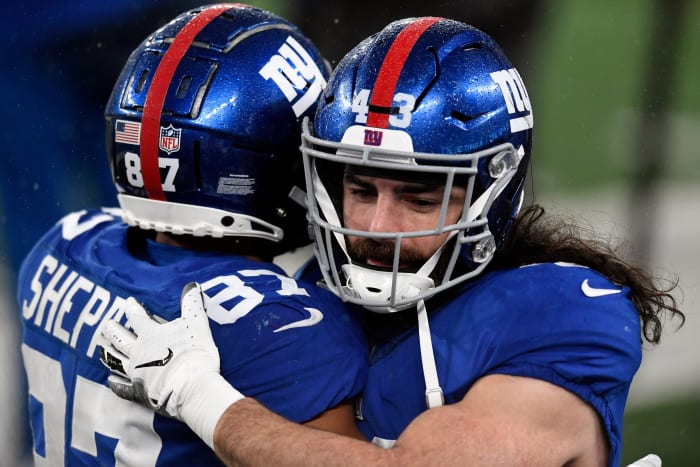
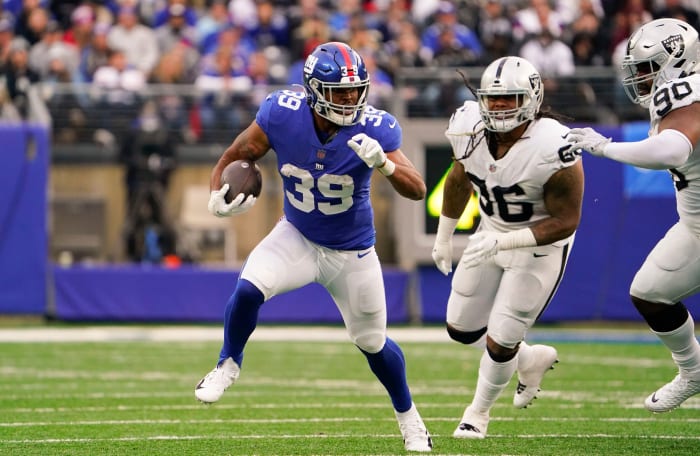
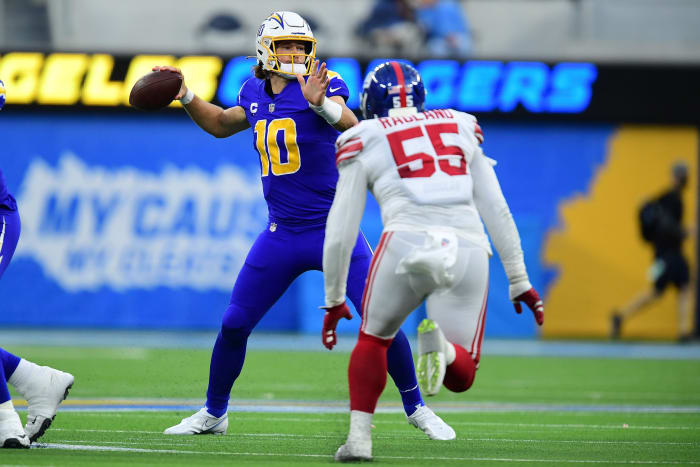
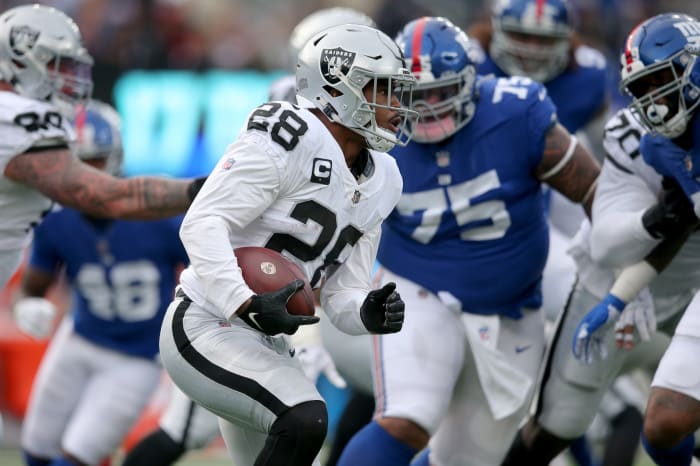
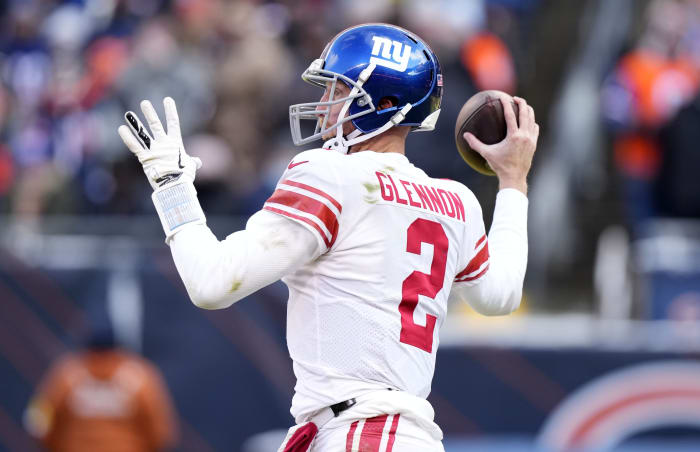
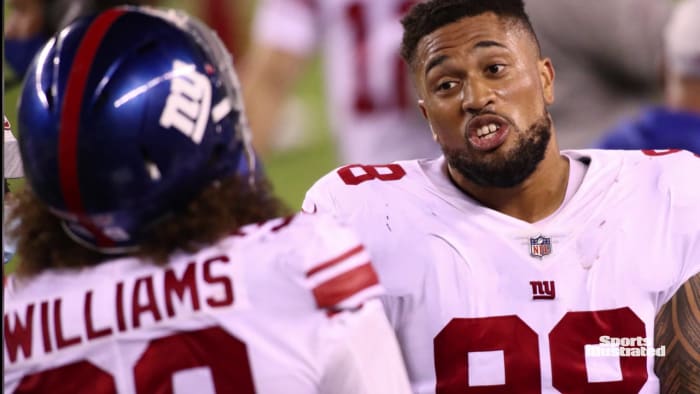
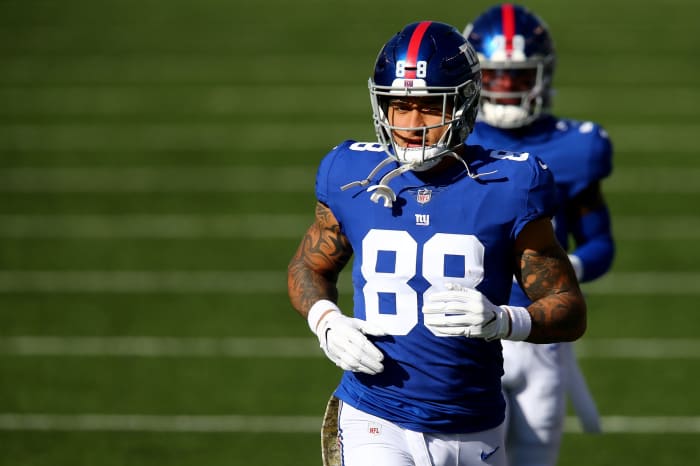
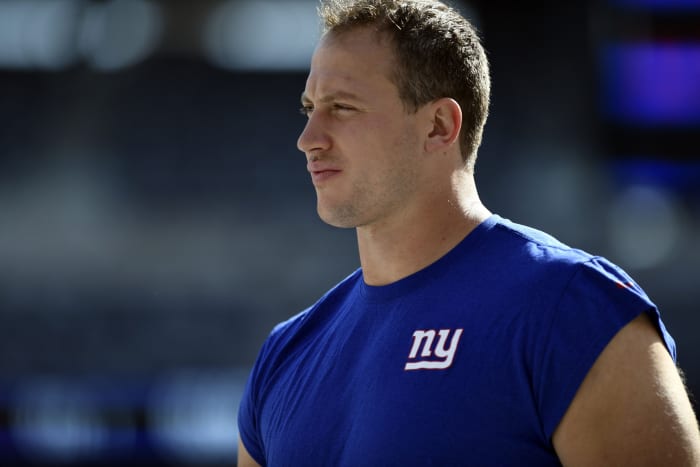
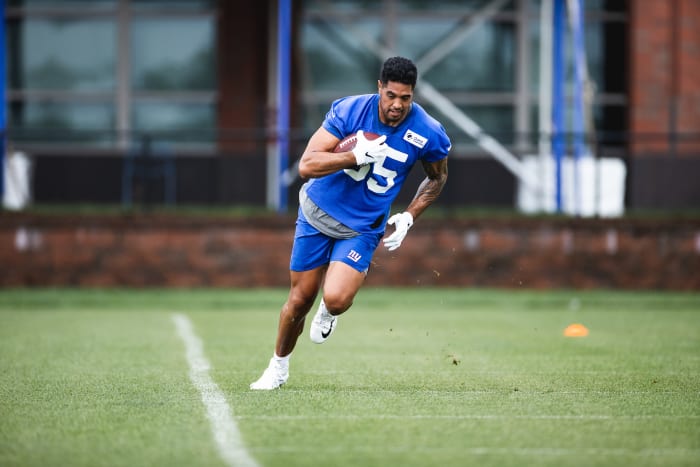
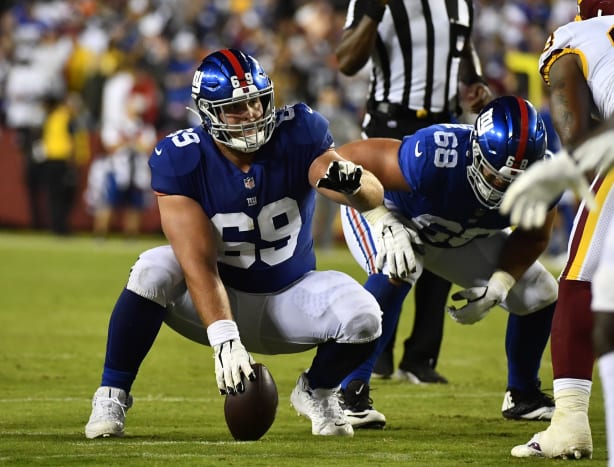
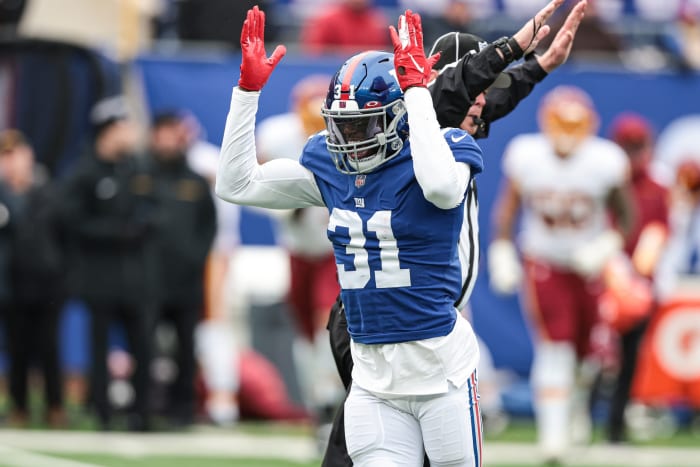
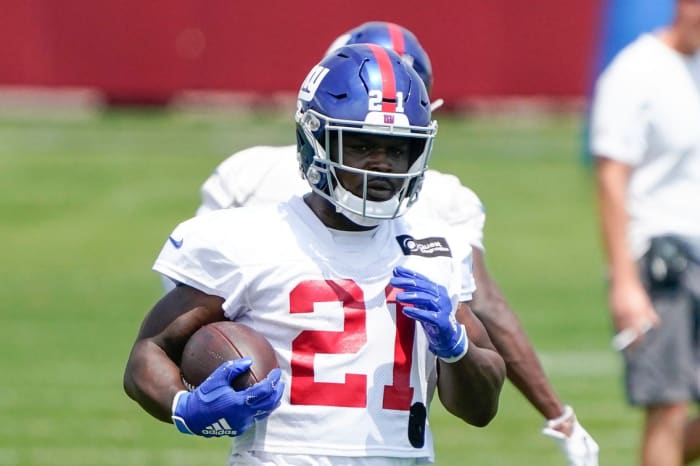
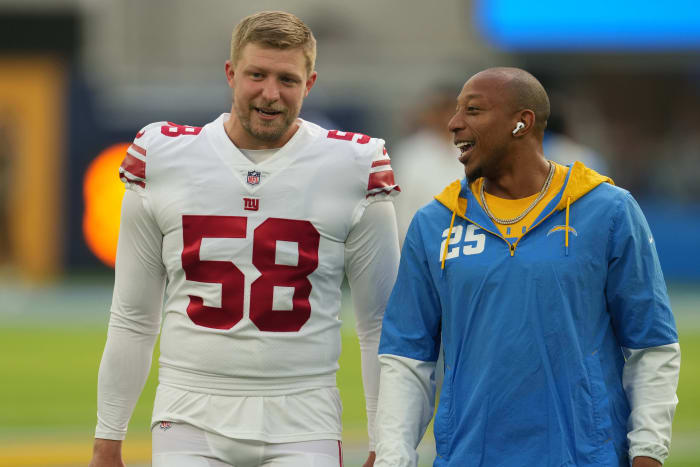
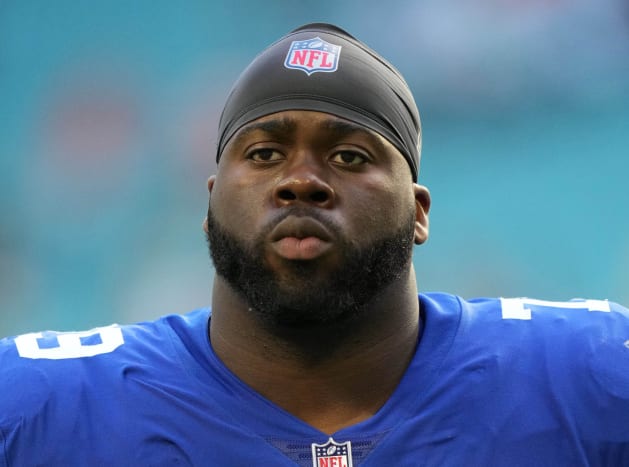
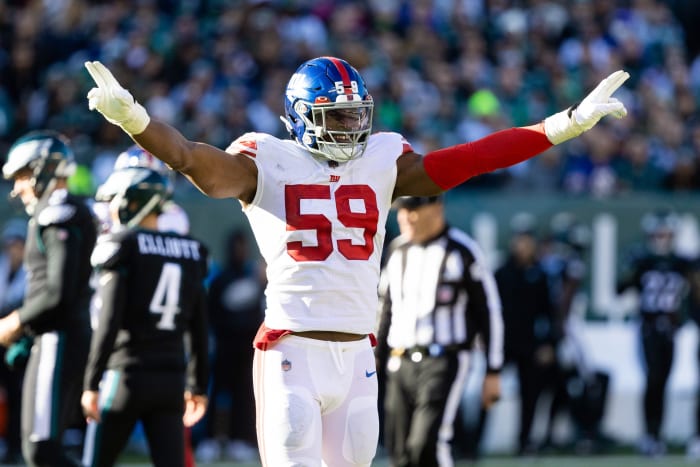
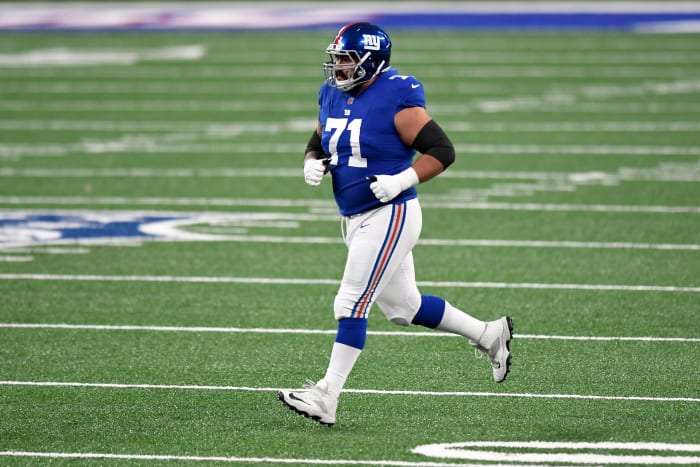
Long snappers should be a dime a dozen if they want to get a less expensive option than Kreiter, and the same can probably be said about fullback if they're going to move on from Penny.
Johnson could be worth keeping, but again, interior defensive line depth is abundant in this year’s class. As for Engram, although he’s been a frustrating player, the tight end class isn’t exactly overflowing with top-notch talent to where one might argue that there is a clear-cut better option.
The bottom line is that the Giants don’t find themselves in a position where they have to re-sign any of their pending UFAs, which is good news (from a cap perspective) and bad news (from a past roster-building perspective).
3. Sign veteran offensive linemen
The Giants must, must, must fix this offensive line, and it’s going to take much more than just draft assets to get this unit right. They’ll have to add a free agent or two to the mix for several reasons.
First, there is a matter of uncertainty regarding the health statuses of Nick Gates (broken leg) and Shane Lemieux (knee). As things currently stand, the Giants could be looking at fielding four new starters on their offensive line (Andrew Thomas at left tackle is the only lock). And the last thing the Giants likely want is four rookies to line up on their offensive line on Day 1.
The other reason has to do with versatility. If the Giants can land a veteran capable of playing all three interior positions, for example, that gives them a literal Rubik’s cube worth of options as to how they ultimately line everyone up.
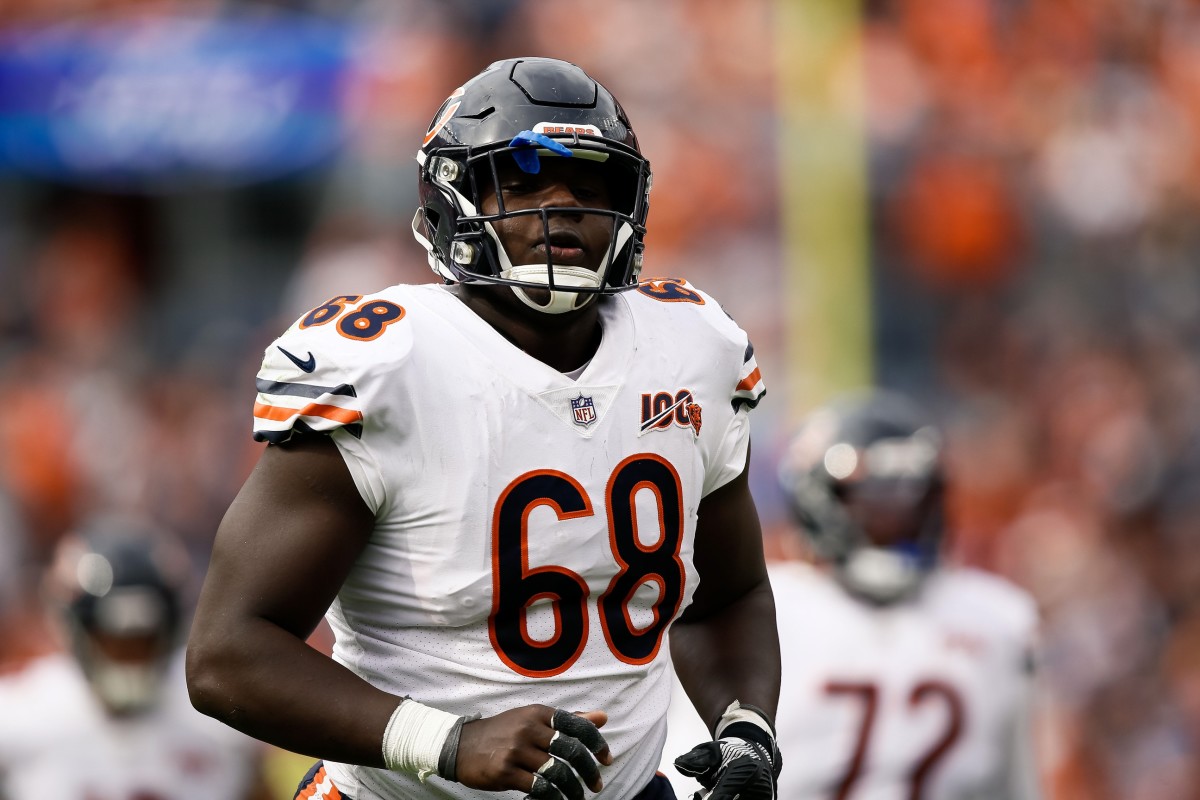
For example, if the Giants were to sign UFA-to-be James Daniels of Chicago, who can play both guards and center, they can take a wait-and-see approach regarding Gates and Lemieux and the Draft.
If Gates is ready to go by September, maybe they move him to guard and plug Daniels in at center. Or maybe they leave Gates at center and line up Lemieux and Daniels at guard.
There is another reason the Giants will want to add veteran offensive line help: depth. While I don’t advocate taking the approach they did last year when they earmarked youth to be the starters and the veterans to be the backups, having a veteran swing tackle or interior guy on the roster isn’t necessarily a bad thing.
4. Decline Daniel Jones's and Dexter Lawrence's options.
There is no cost-benefit to picking up the fifth-year options for Daniel Jones or Dexter Lawrence, both first-round picks in 2019. A big reason is that option years are now fully guaranteed under the terms of the current CBA was ratified a couple of years ago.
(For comparison purposes, previously, the fifth year was guaranteed for injury upon exercising the option. The option year became fully guaranteed on the first day of the league year in the fifth contract year.)
Let’s start with Jones. Picking up his option year would cost the Giants $21.375 million, a rather hefty figure to guarantee for a player that has developed an injury history and one who thus far has been more about promise and potential than results.
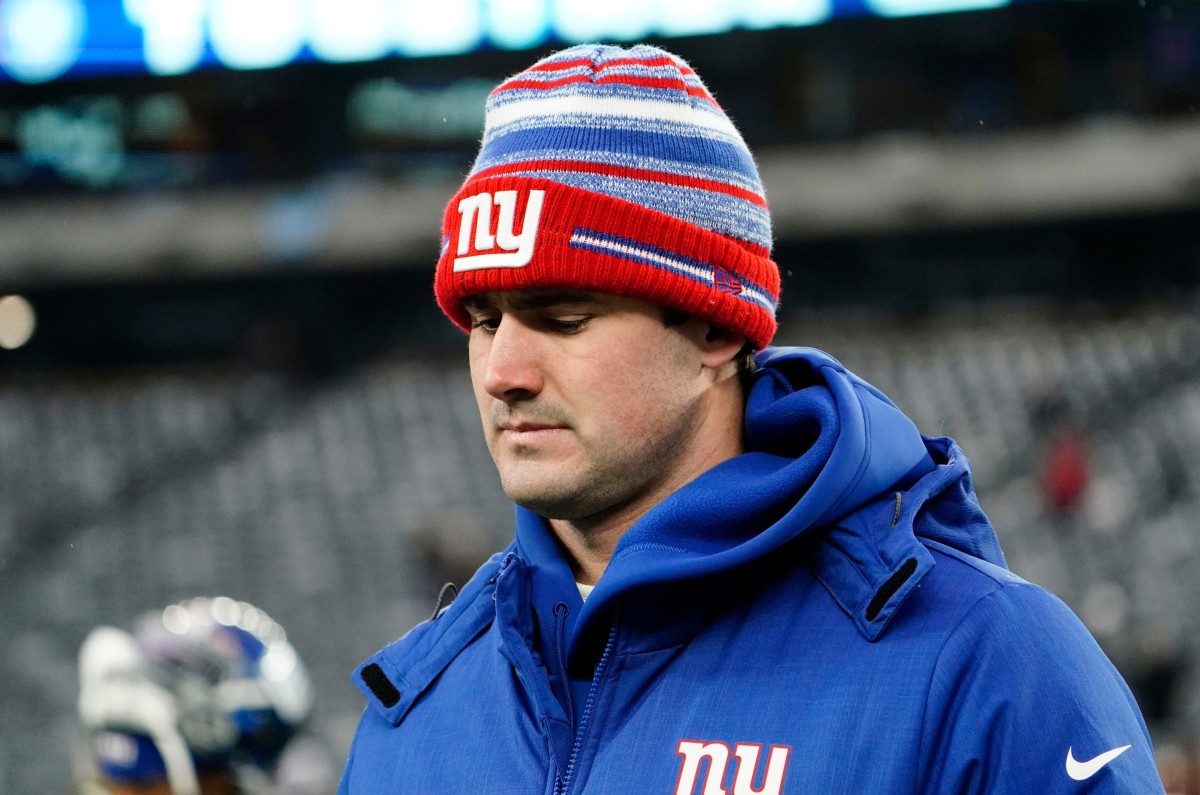
If Jones finally blossoms this year, the Giants could always franchise tag him in 2023 while they work out a new contract that yields a lower first-year amount, thus avoiding having to push over $20 million to Jones in 2023 regardless of how he plays in 2022.
The same argument applies to Lawrence. He’s been a good player for them, but he hasn’t yet developed into that two-way pass-rush and run-stop threat they thought he could be. And while picking up his fifth-year option would only cost New York $10.069 million, that’s still quite a bit to lock in for a player who may or may not be a part of the long-term future moving forward.
The Giants have until May 2 to decide what they will do. Declining Jones’s option appears to be an easy decision, but they might wait to see who they can get in the draft before making any final decisions on Lawrence. Either way, don’t look for the Giants to make any decisions until the coaching staff can engage in football talk and activity with the players later this spring.
5. Sign a solid veteran QB to compete with Jones.
If the Giants are going to decline Daniel Jones’s fifth-year option, as I suggested they do in the previous point, whoever they bring in as a backup needs to be someone that can not only step in for Jones should he get injured again, but also to push him for playing time.
The Giants, in trying to get Jones on the right track, have never really challenged him with competition. It’s been their belief that he would be motivated enough to work hard to become the best player he could be.
To his credit, Jones is known as a hard worker and a good teammate. He takes his share of the blame for things, and he is relentless in his work ethic.
However, the mental processing part of his game continues to lag. Part of that has been the inconsistency in the scheme and coaching. But when Jones’s mental processing didn’t fully advance in Year 2 of the same system, let’s just say that was a bit of a red flag.
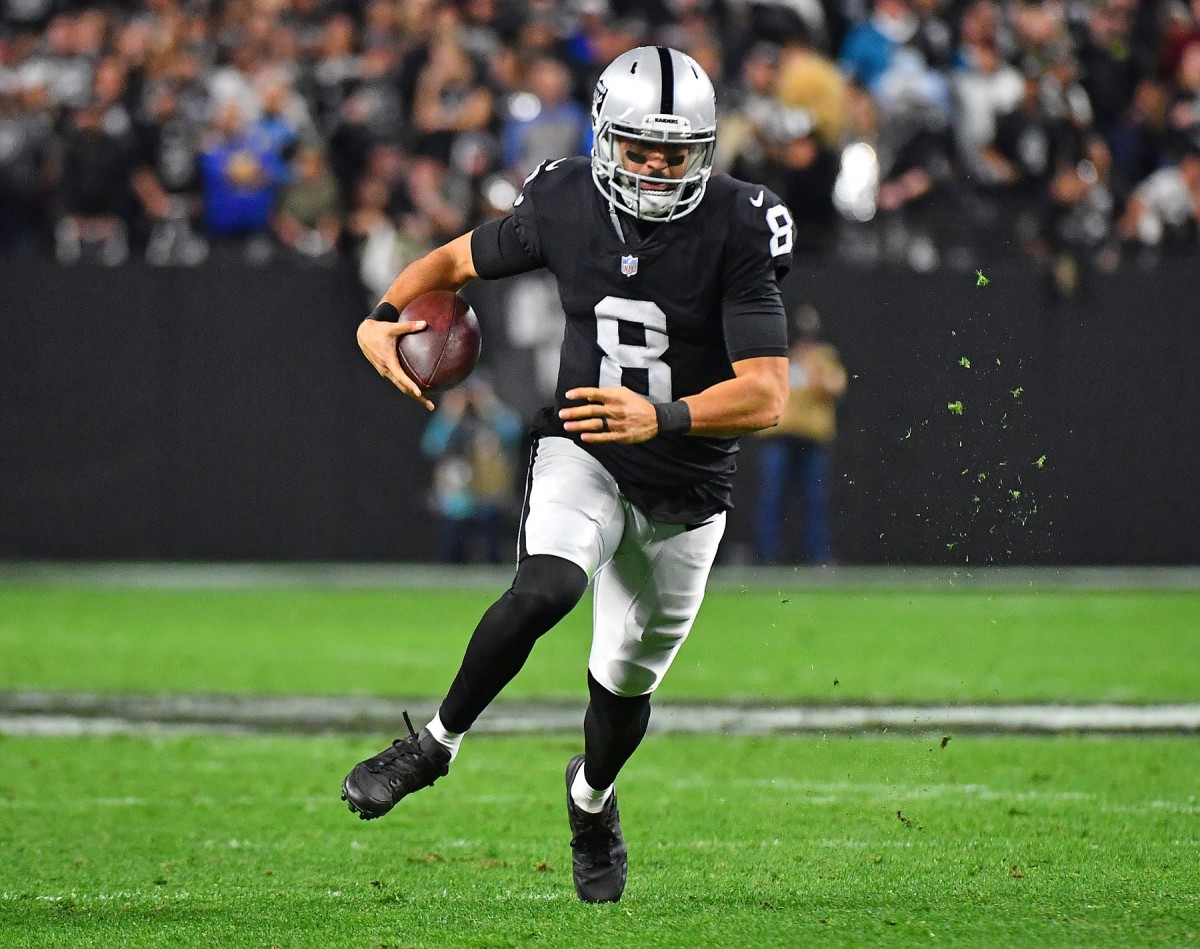
The Giants’ new regime has pledged its verbal support behind Jones, and team co-owner John Mara even said he’d be very surprised if Jones wasn’t their opening day starter in September. Still, it would behoove them to bring in a solid backup quarterback that can step in and not miss a beat if Jones is injured or struggles.
There’s another benefit to this as well. If the Giants find they have to move on from Jones after this year, the backup, assuming he gets a two-year deal (which makes the most sense from a cap perspective as well), can help keep the seat warm until the next potential franchise quarterback is ready to step up.
Join the Giants Country Community
- Sign up for our FREE digest newsletter
- Follow and like us on Facebook
- Submit your questions for our mailbag
- Listen and subscribe to the daily LockedOn Giants podcast.
- Subscribe and like the new LockedOn Giants YouTube Channel
- Sign up for our FREE message board forums
